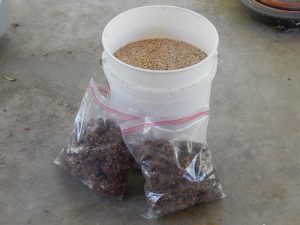
The grist of this batch included around 10 lb. (4.5 kg) of malt and roughy 8 lb. (3.6 kg) of beer bread (bappir) made from crushed malt and honey. 3.0 lb. (1.4 kg) of honey was also added to the boil.
For my Ancient Sumerian Happy Juice brewday, I was all set have a relaxed brew day where I just winged everything. After all, I’ve brewed before. I could deal with things on the fly, right? And, the beer I was brewing was my interpretation of the English translation of a poem written by ancient Sumerians. So, no living person — including me — would ever know if my recipe and approach was right or wrong. As it turns out, I rediscovered why I normally never wing things on brew day. [Read more…]
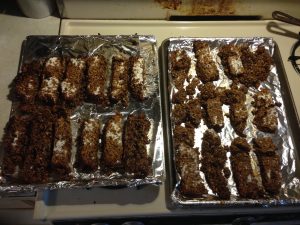
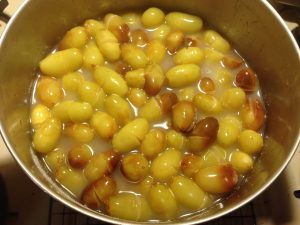
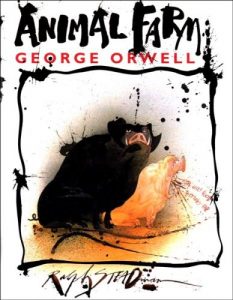
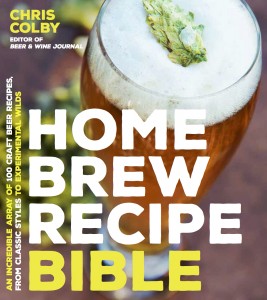
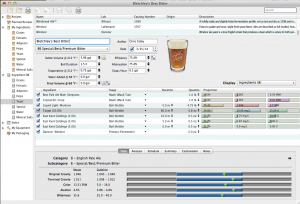
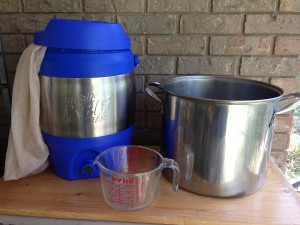


Recent Comments